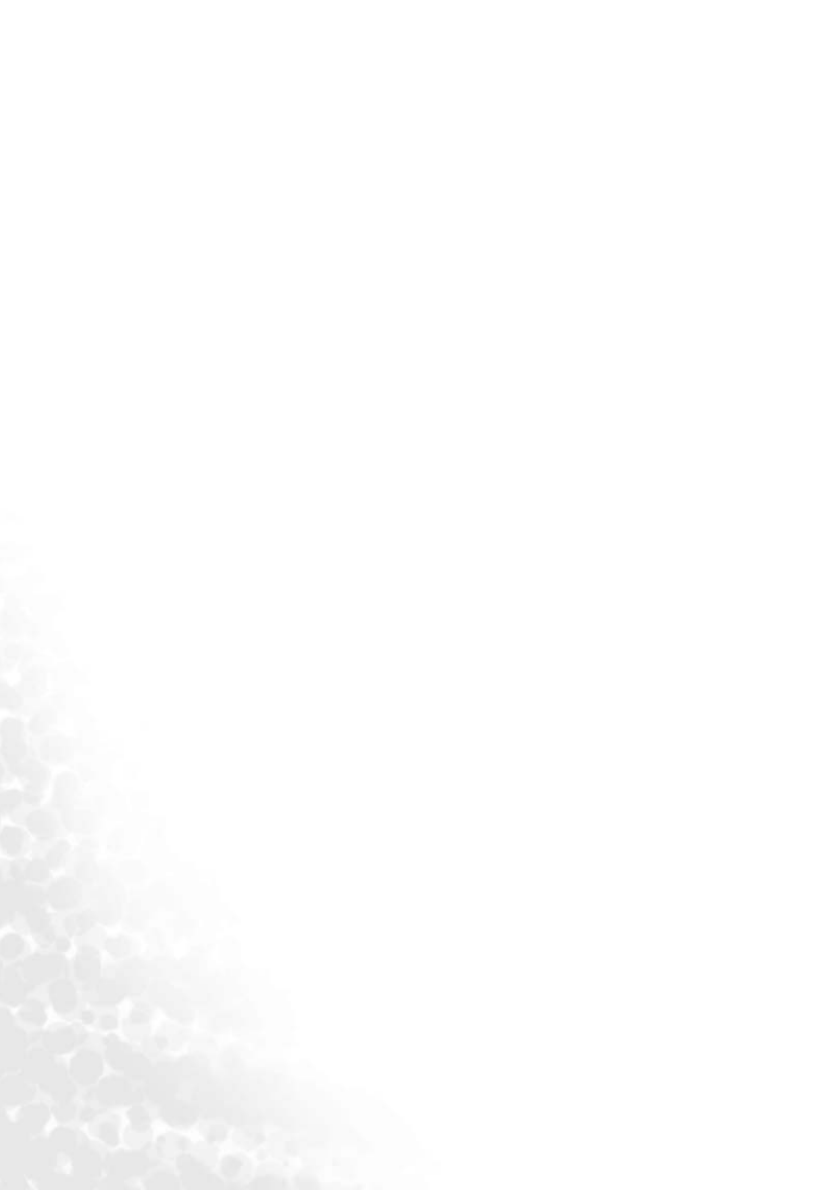
Connection26
Connecting Audio
The projector has a built-in mono speaker which is designed to provide basic audio
functionality accompanying data presentations for business purposes only. It is not designed
for, nor intended for stereo audio reproduction use as might be expected in home theatre or
home cinema applications. Any stereo audio input (if provided), is mixed into a common
mono audio output through the projector speaker.
If you wish, you can make use of the projector (mixed mono) speaker in your presentations,
and also connect separate amplified speakers to the Audio Out socket of the projector. The
audio output is a mixed mono signal and controlled by the projector Volume and Mute
settings.
If you have a separate sound system, you will most likely want to connect the audio output
of your Video source device to that sound system, instead of to the mono audio projector.
The audio connections illustrated in the following sections are provided for informational
purposes only. You need not connect audio to the projector if there is an alternate sound
system available, or if audio is not required.
Connecting a DVI source device
The projector provides a DVI-I input socket that allows you to connect it to a DVI source
device like a DVD player, or a VGA output device like a notebook or desktop computer.
There are three types of DVI connectors: DVI-A, DVI-D, and DVI-I. The DVI-I socket is an
integrated connector which supports both formats: DVI-A, and DVI-D.
DVI-A format is used to carry a DVI signal to an analog (VGA) display, or vice-versa.
Although some signal quality is lost from the signal conversion, it still transmits higher
picture quality than a standard VGA connection.
DVI-D format is used to directly carry a digital signal to a digital display without signal
conversion. The pure digital connection provides faster and higher image quality than an
analog connection, due to the nature of the digital format.
DVI-A and DVI-D formats are non-interchangeable. You cannot connect a DVI-A format
connector to DVI-D equipment and visa-versa. Make sure you know which kind of format
your equipment is fitted with before you purchase any cables. Or you can purchase a DVI-I
cable which will be more useful in any type of DVI connection situation.
Examine your source device to determine if it has an unused DVI or VGA (D-Sub) output
socket available:
• If so, you can continue with this procedure.
• If not, you will need to reassess which method you can use to connect to the device.


















